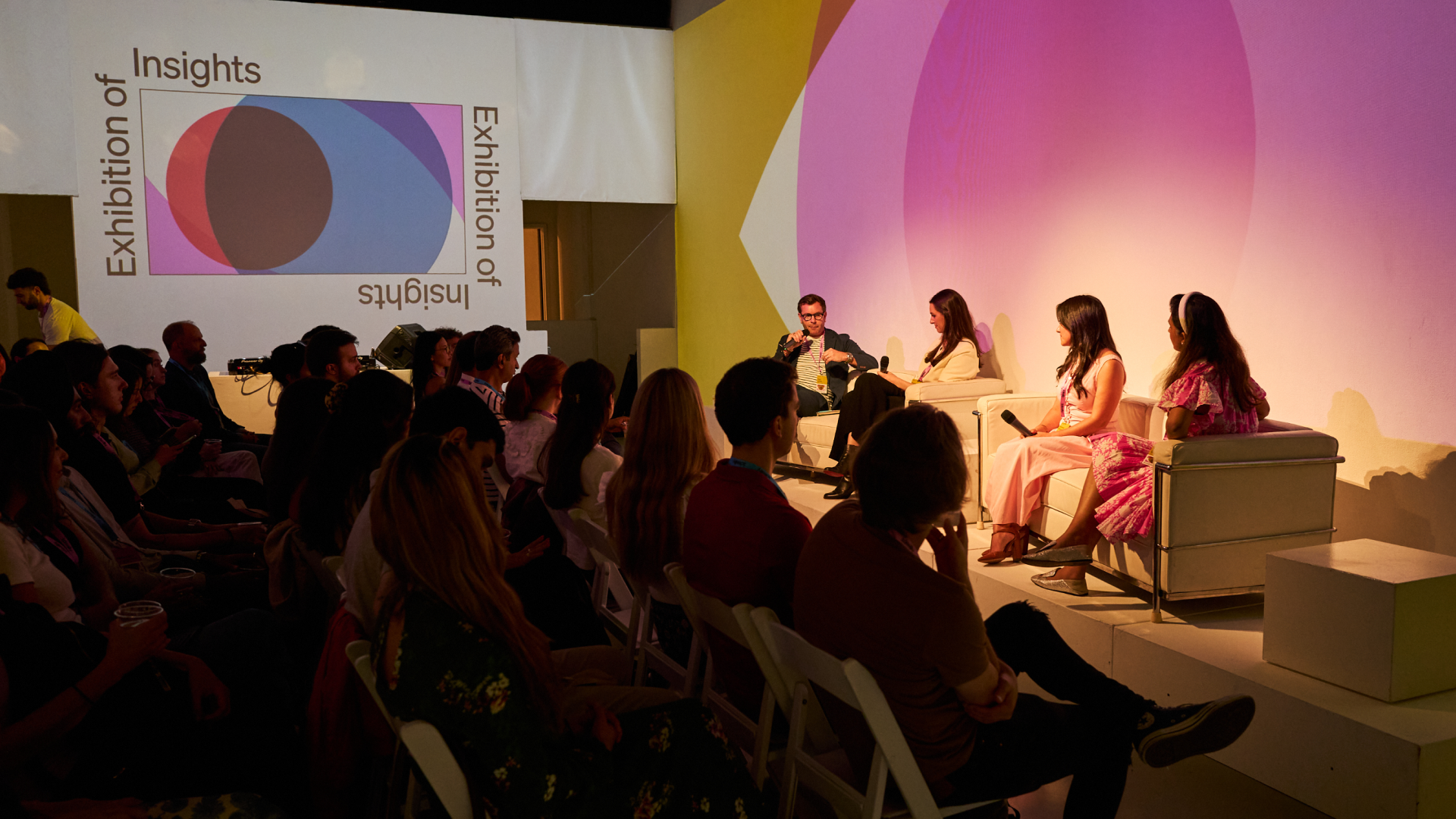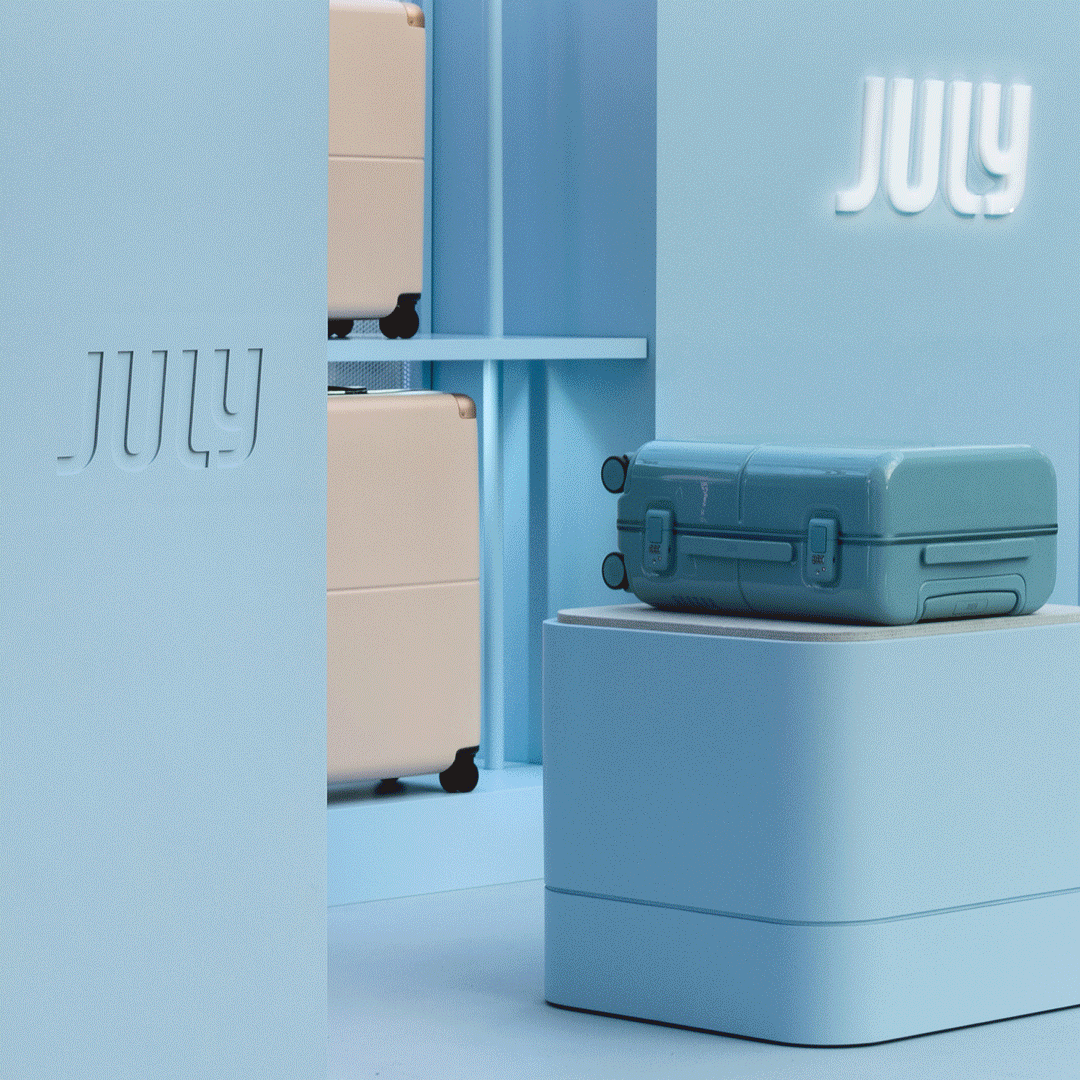The Risk of Not Taking Risks: Exhibition of Insights, New York
That’s what we explored at our first US Exhibition of Insights, hosted at LUME Studios. The event brought together a panel of leaders across strategy, innovation, and brand, and a room full of people hungry for more honest conversations about creative decision-making.
Not the theory of risk, but the practice. How it plays out inside teams. What it costs. And why it matters more now than ever.
This wasn’t about lionising big swings. It was about surfacing the nuance: the instincts behind great ideas, the insights that sharpen them, with the structure and research it can take to help them land.
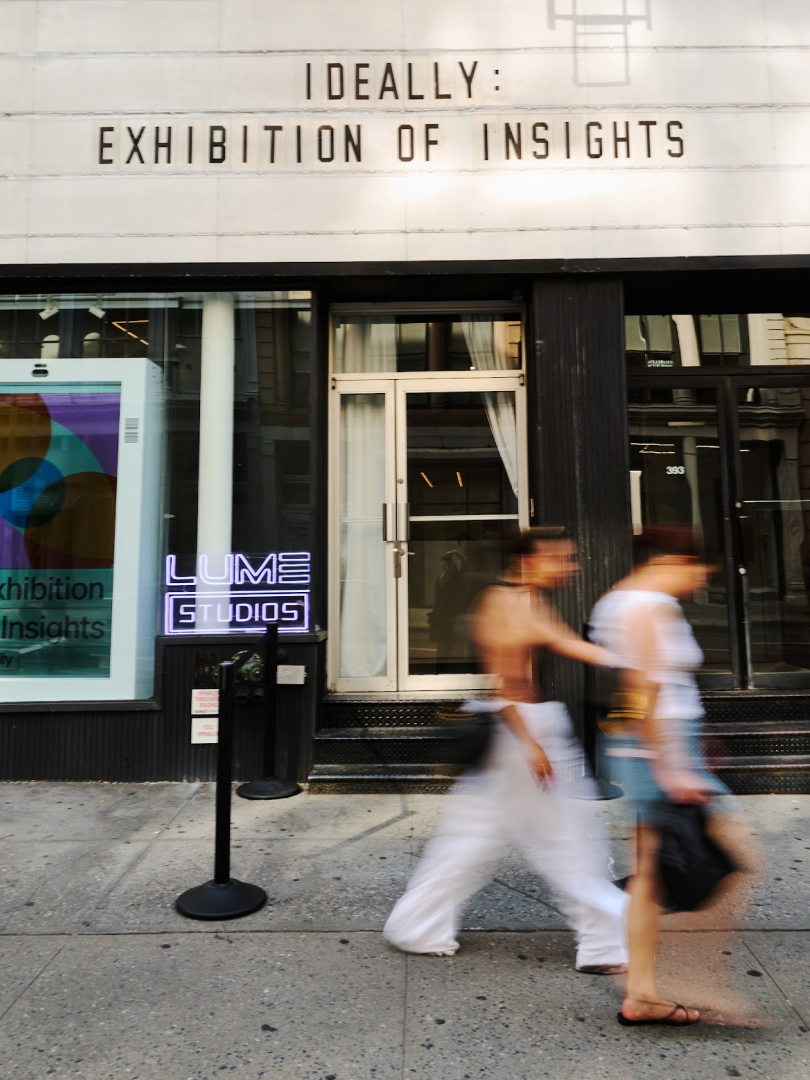
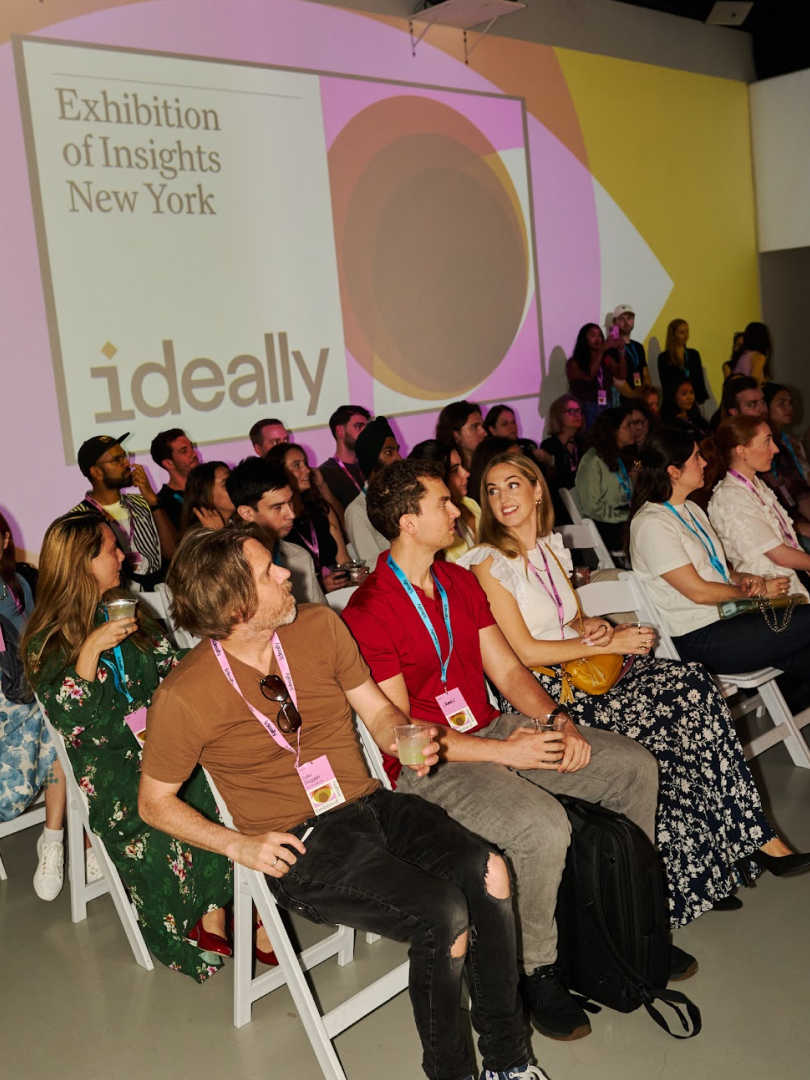
Brave work isn’t impulsive. It’s intentional.
Rachel Pool, Head of Strategy at Ogilvy NY, kicked off with a reminder that’s often forgotten: the boldest work is rarely the most reckless.
It might look risky, but underneath? It’s built on research, timing, and leadership that holds its nerve.
She pointed to the now-famous Michael Cera campaign for CeraVe. A campaign built for social, fronted by a celebrity with no social presence. From the outside, it looked like a gamble. Internally, it was anything but.
“You have to build a business case for it. You have to make a watertight argument as to why this thing needs to be the thing that goes forward,” Rachel said. “You have one conversation in a room, but then that goes on to have multipliers of that conversation where you're no longer present. ”
Too often, creative risk gets flattened into a binary, bold or safe. But the reality is more complex. Strategic risks come layered with evidence, shaped by timing, and supported by teams who know exactly when to push and when to pause.
Some of the biggest risks aren’t creative. They’re personal.
Jinal Shah, Chief Customer and Marketing Officer at Zip, shared what might have been the most vulnerable moment of the night.
She joined Zip while five months pregnant. BNPL was a new category in the US. The business had just been acquired. And many of her peers, agency and client side, told her it was a mistake.
That question shaped her decision. So did a deeper conviction: that payments were becoming cultural infrastructure. That BNPL wasn’t just a transactional tool, but a way for people to participate, in concerts, in commerce, in everyday life, when traditional credit excluded them.
Since then, Zip’s market cap has grown from $250 million to $4 billion.
Jinal’s story reframed risk not as a one-off decision, but as a mindset, “you just have to sit by the river long enough.”
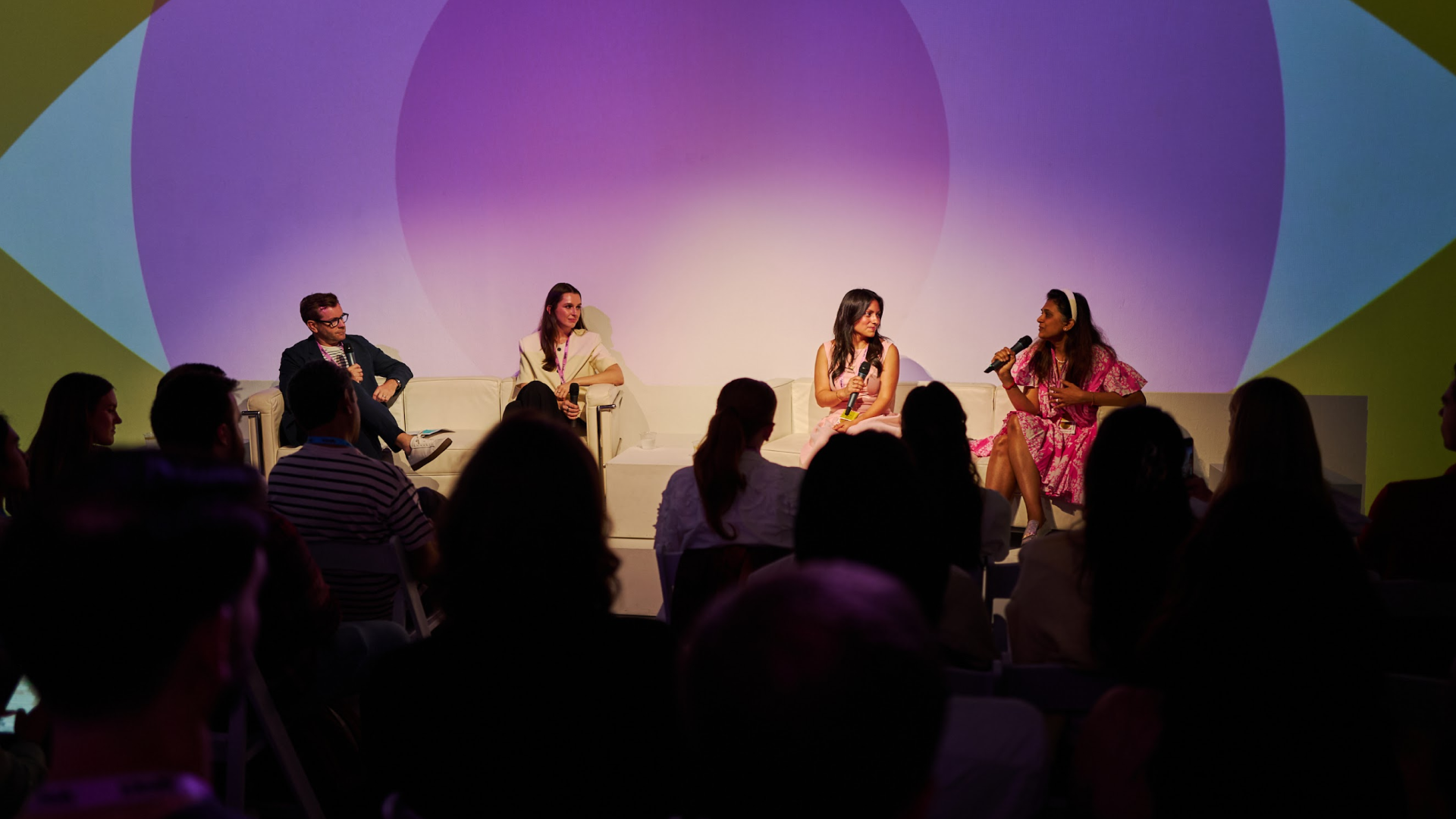
Insight can come from unexpected places.
Rebecca Morgan, Senior Director of Marketing & Innovation at Tilray, shared a product story that started with a throwaway remark.
During a casual buyer conversation at Whole Foods, someone said they wished the cracker aisle had more protein. That was it. One comment. No brief, no budget, but it stuck.
Rebecca’s team took the signal seriously. They didn’t pitch a product, they used insight to shape a category play. Sometimes, the sharpest insights come sideways. Backed by consumer insight and built for real use occasions, the result was a bold entry into a new category, and a successful launch across Whole Foods stores.
“We acquired this cracker company, we brought it in house, we made it our own and we used that platform to innovate a cracker specific to Whole Foods needs and consumer insights that delivered on 5 grams of protein per serving, which is unprecedented in the category and really met the consumer needs in terms of taste profiles and format and functionality,” she said. “So it was a big swing heading into an entirely new category based on really one insight from a buyer having a desire that was unmet, but it's really netting in the development of a new brand and a new product line for our company.”
Testing isn’t a gate. It’s a guide.
“Qual at quant scale.” That’s how Mark Lainas, President of CANVAS United, described the future of research.
Today, teams can test creative ideas quickly and deeply, not just in terms of what people think, but how they feel. And that changes what’s possible.
Jinal offered an example from a recent campaign. The team worried that some of the language might alienate more conservative audiences. But rather than dilute the idea, they tested it. Fast, but rigorously.
“We thought the line might be offensive to certain political or religious groups,” Jinal said. “But it turned out to be well received, even by the ones we thought would take issue with it. We needed the results to be airtight. And now, if the board quizzes me on it, I’ve got the evidence.”
The takeaway wasn’t that all work needs testing. It’s that good testing creates confidence, not caution. It doesn’t just help ideas survive scrutiny — it makes them stronger under pressure.
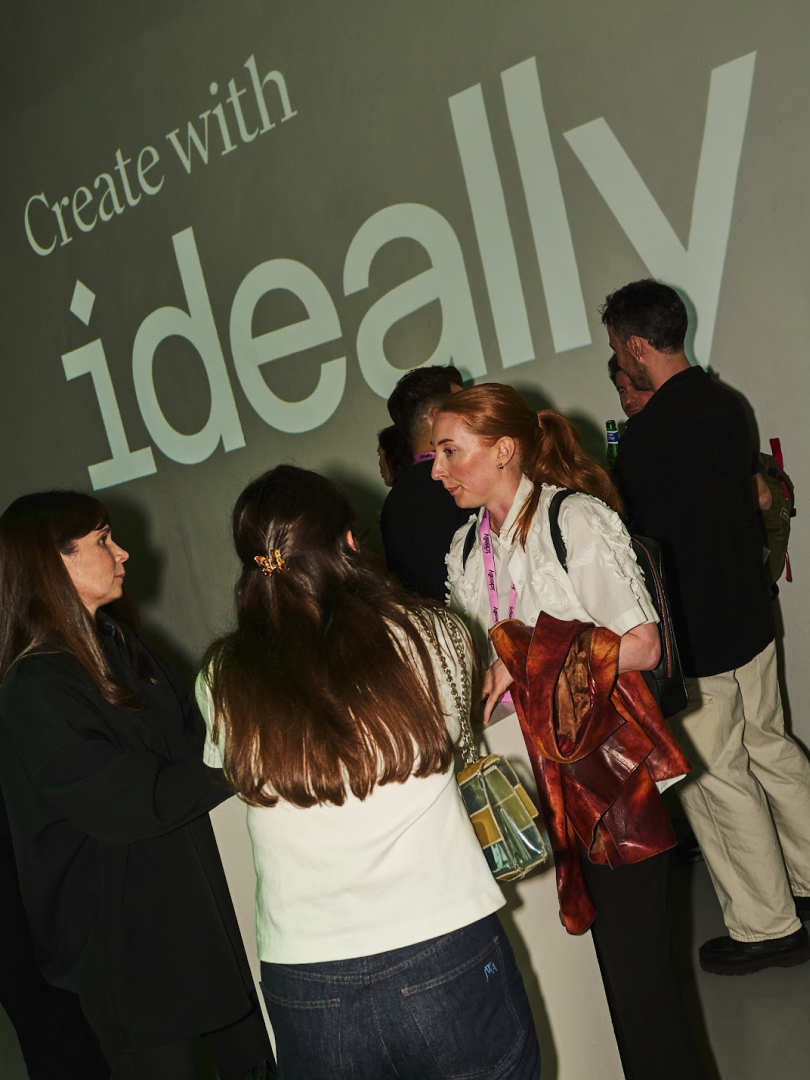
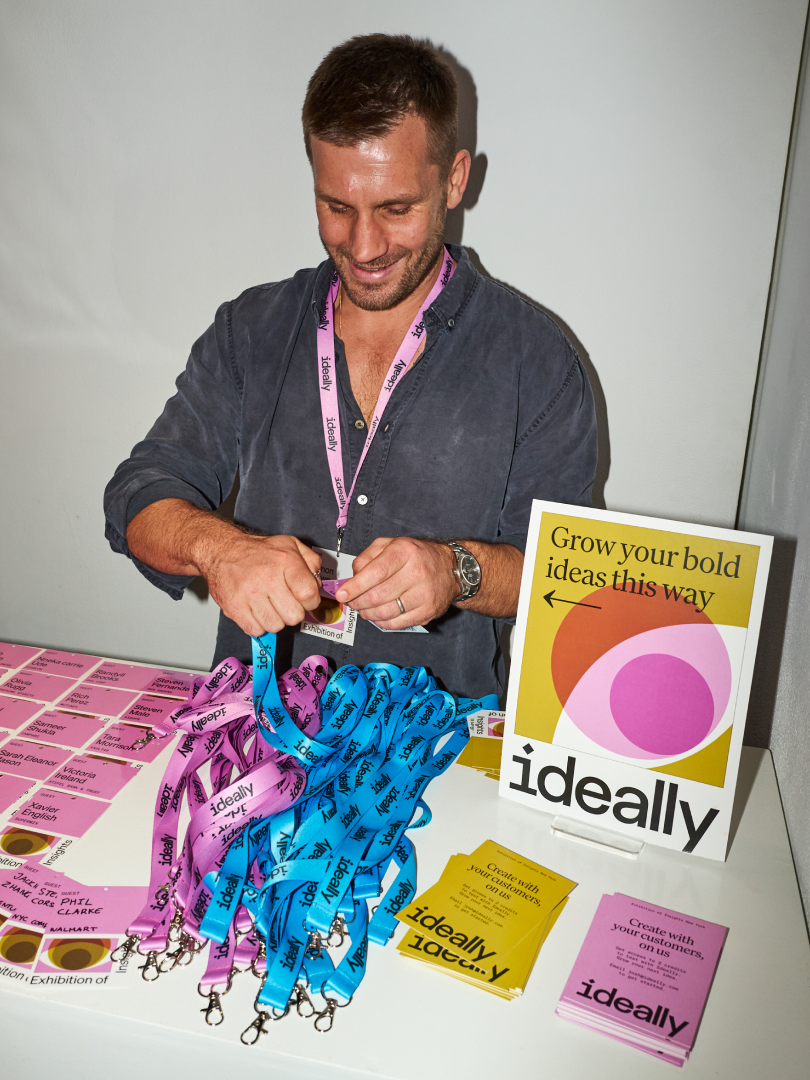
Risk appetite is cultural.
“Risk appetite is absolutely different in different markets. And New Zealand in particular — similar to Tasmania… you can take more risks, capital R risks, because there’s more places to hide…”
Rachel made the point clearly, but it surfaced again and again across the panel. Creative risk isn’t universal. It shifts based on location, category, culture, and even job title.
Knowing when to push means knowing who you’re pushing, and what they’re holding. Timing, politics, and geography all shape what gets through.
And yet, that’s not an excuse for compromise. The work still needs to land. It just means strategy has to flex harder.
The best creative systems are built to hold tension, global vision, local nuance. Big ambition, small-scale validation. It’s not easy. But it’s necessary.
The real risk isn’t a bold idea that flops. It’s the one that never gets made.
That was the quiet throughline of the event. The product that got stuck in bureaucracy. The campaign that stalled in a boardroom. The concept that almost made it but lost steam.
No one talked about recklessness. The failures that came up weren’t about moving too fast. They were about hesitating too long.
Because in a landscape defined by uncertainty, playing it safe is no longer the safer option.
With huge thanks to the four brilliant speakers who shaped our New York edition of Exhibition of Insights: Jinal Shah, Rebecca Morgan, Rachel Pool, and Mark Lainas.
Their stories, strategies, and sharp takes, from personal bets to creative swings, brought real candour to the conversation.
While we’ve only highlighted a few key themes, their insights are woven throughout. And they’ll continue to shape how we think about risk, research, and building braver work together.

